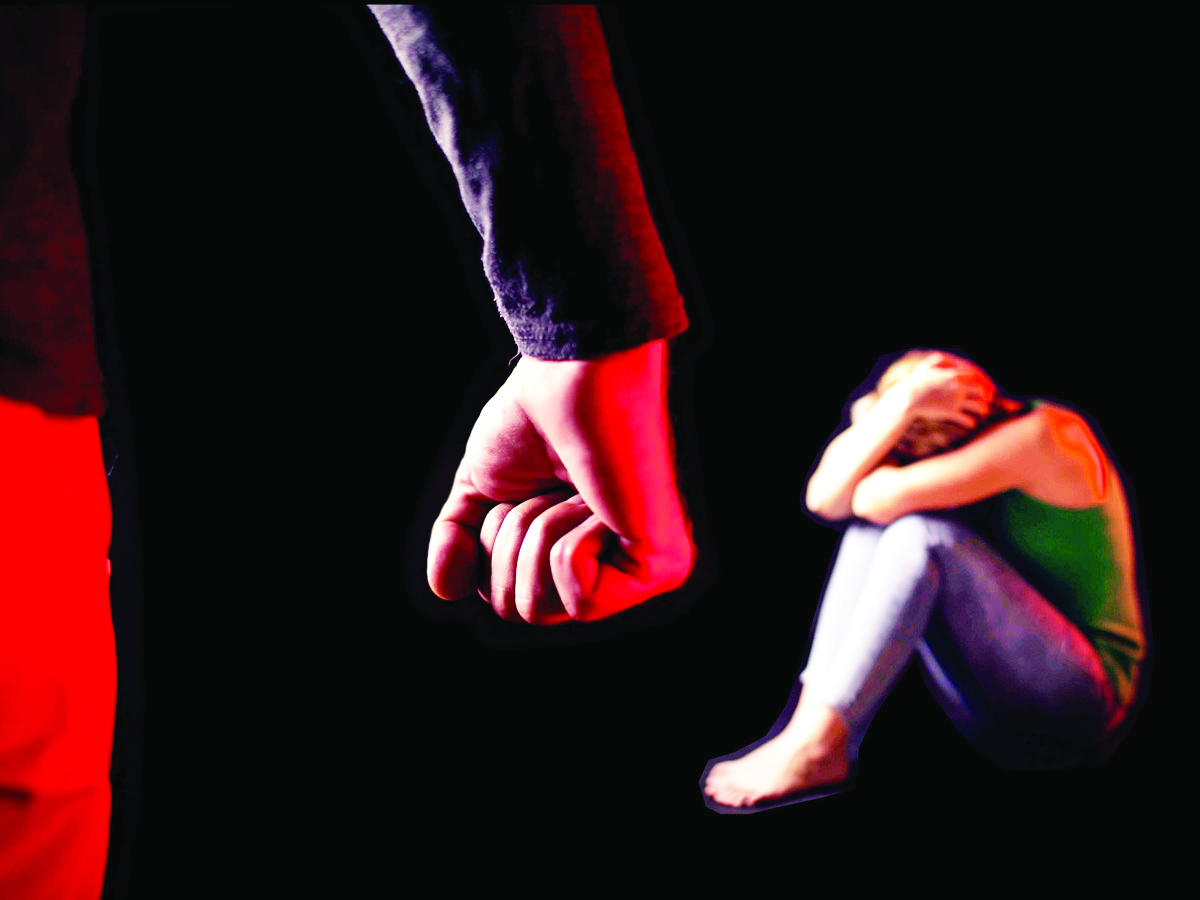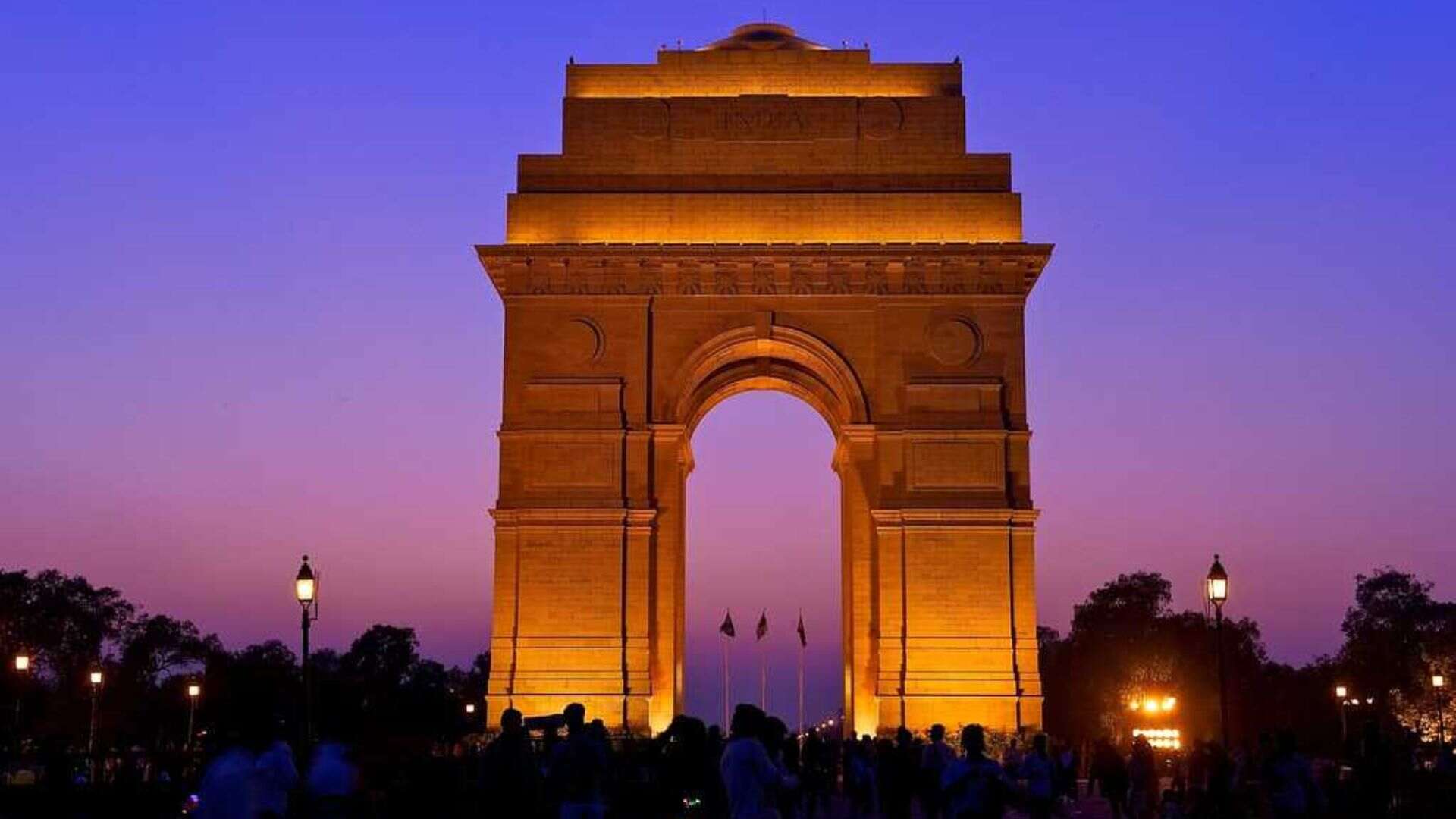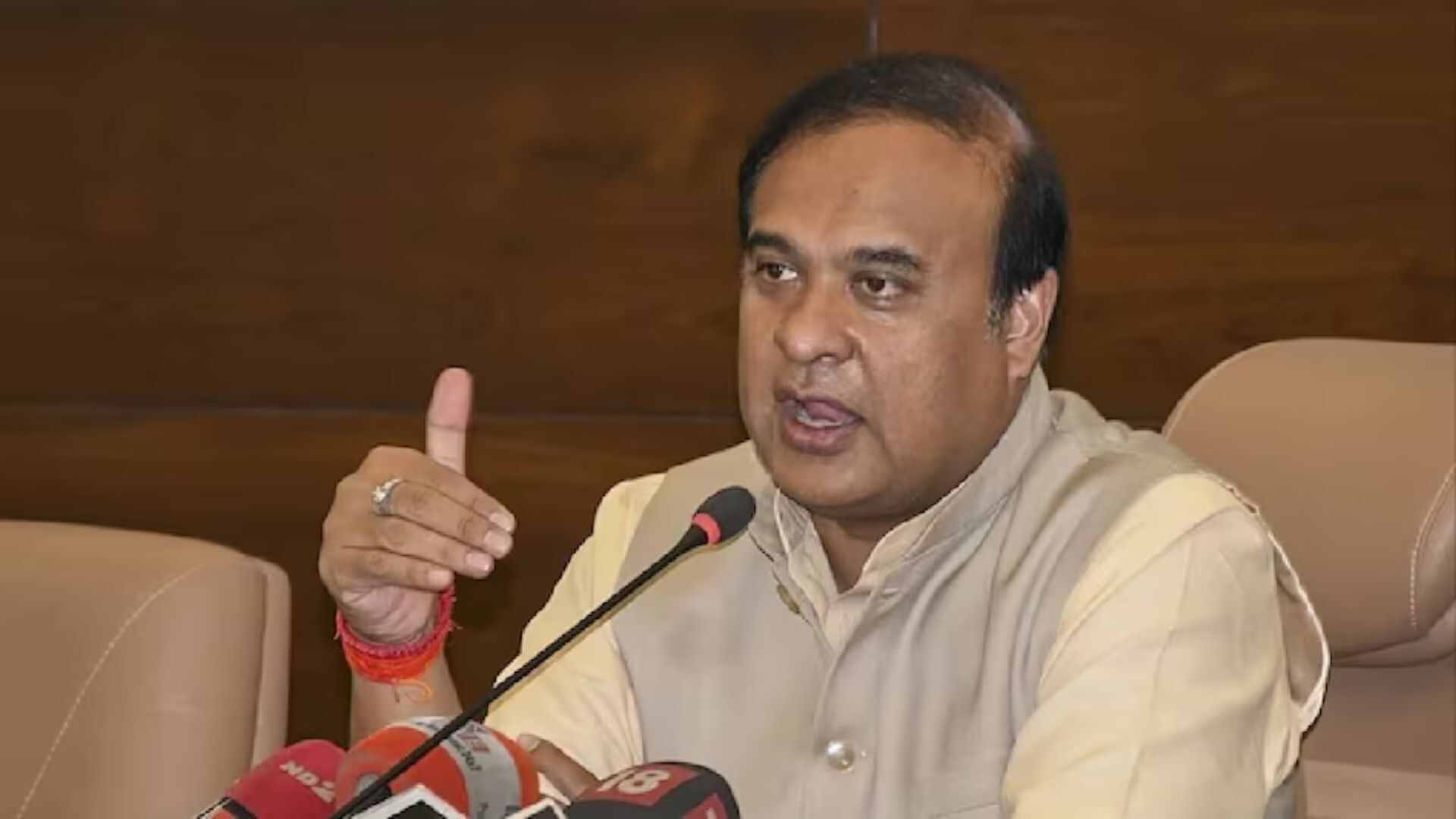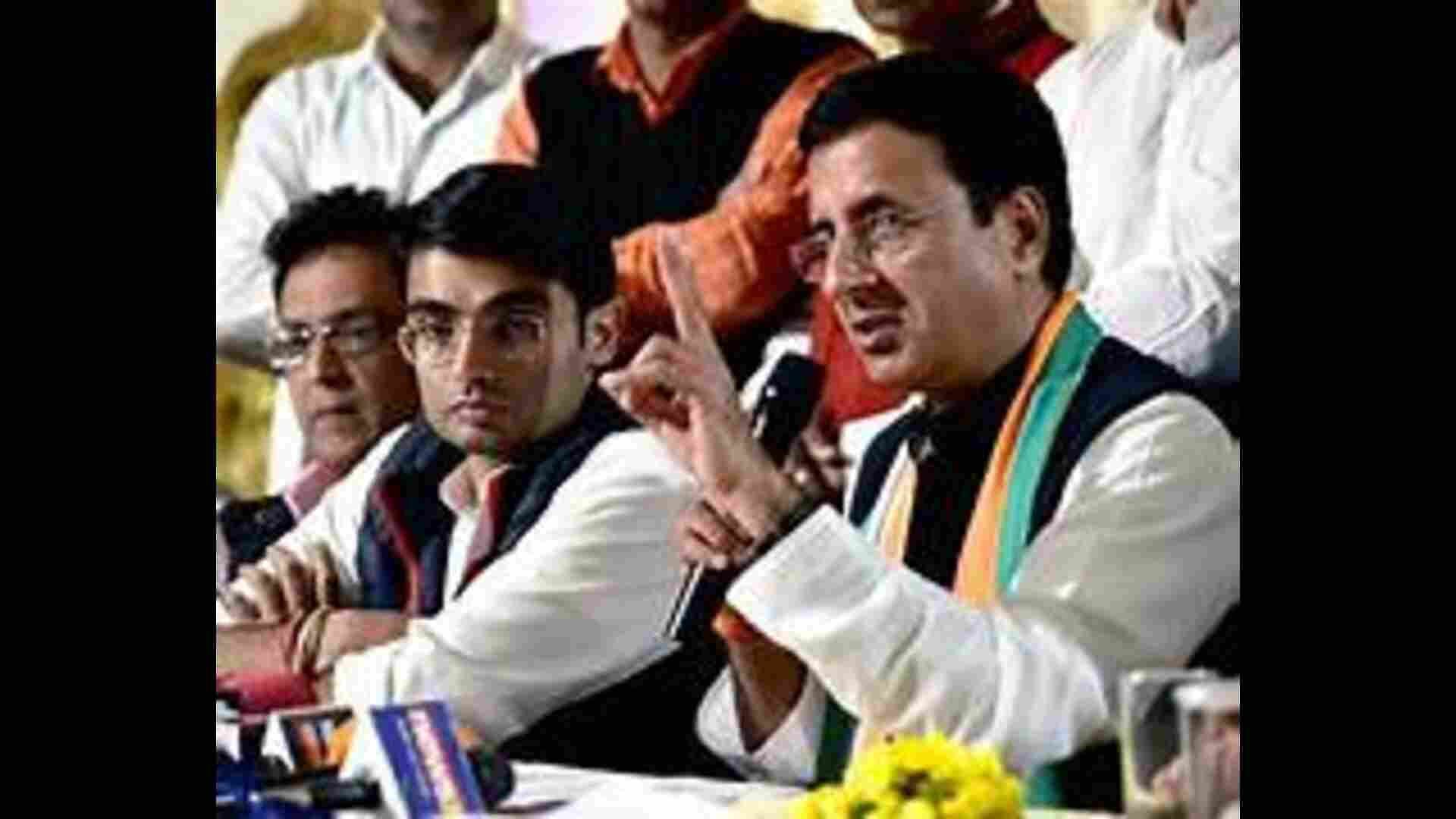On a chilling November night in 1973, the corridors of Mumbai’s King Edward Memorial Hospital bore witness to a tragedy that would haunt the nation’s conscience for decades to come. Aruna Shanbaug, a vibrant young nurse dedicated to her calling, descended into the hospital’s basement, unaware that her life was about to be irrevocably altered. In the shadows lurked Sohanlal Bhartha, a ward boy whose soul had been consumed by a twisted desire. As Aruna prepared for her next shift, Bhartha struck with a savagery that defied human comprehension. Fearing recognition, Bhartha strangled her with a dog chain, resulting in severe oxygen deprivation to her brain and leaving her in a vegetative state. The attack also damaged her brain stem, condemning her to a bedridden existence for the remainder of her life.
While Bhartha walked free after a mere seven years (which was reduced to six), Aruna remained shackled to her hospital bed, dependent on the compassion of her colleagues who became her family. For 42 agonizing years, Aruna lay trapped in the prison of her own body, her once-bright eyes now vacant, her skilful hands rendered useless. Each spoonful of mashed food, each gentle turn to prevent bedsores, was a testament to their unwavering devotion and a stark reminder of the injustice that had befallen her. In 2011, the Supreme Court recognized passive euthanasia in the Aruna Shanbaug case, permitting the withdrawal of life-sustaining treatment for patients unable to make informed decisions.
Fast forward 50 years to August 9, 2024. A young doctor, exhausted and sleep-deprived after a gruelling 36-hour shift at Kolkata’s R G Kar Medical College and Hospital, sought a moment’s respite in a seminar room. This postgraduate trainee, dedicated to healing others, could not have foreseen the horror that awaited her. The subsequent post-mortem report would churn even the strongest stomachs, revealing the brutal nature of the attack. The tragedy ignited a nationwide doctors’ strike, as medical professionals united in solidarity with their fallen colleague.
One haunting question echoes: As a woman, what was her fault? Her only “crime” was being a working woman, a healthcare professional committed to caring for patients. Why was such cruelty inflicted upon those who dedicate their lives to caring for others? This incident forces us to confront a chilling reality: Where is our country headed if we can’t protect those who protect us? How can we call ourselves a civilized society when those who heal are themselves subjected to such inhumane treatment? The parallels between this case and Aruna Shanbaug’s tragedy from half a century ago are both striking and disheartening, reminding us of the long road ahead in ensuring the safety and dignity of healthcare workers, particularly women. It is undeniable that this issue is about safeguarding our doctors, but the underlying problem remains that women in our country are not safe at all. This tragic incident serves as a stark reminder of the persistent threat to women’s safety in India, particularly in professional spaces.
The safety of our healthcare workers is paramount, but it’s just one facet of the larger issue of women’s safety in India. We must strive to build a society where no woman lives in fear, regardless of her profession or background. While legislative measures are crucial, they alone cannot address the deep-rooted cultural issues that contribute to violence against women There’s an urgent need for a societal shift in attitudes towards women professionals, particularly in male-dominated spaces.
In a stark reminder of the deeply ingrained societal norms, a recent event organized for female lawyers—another male-dominated profession—brought to light an unsettling reality. The invitation explicitly stated it was a dance and music party strictly for women. Yet, when I questioned the male members about their attendance, I was met with the response, “Someone has to make sure that they are safe and they get home safely, the singers, the band, the service staff are all males.” This incident prompts a troubling question: Why do women, who have proven their strength and capability by entering challenging professions like law, still require male protection in social settings? Is it that men are more acutely aware of the potential threats posed by other men and the level of depravity some of them may be capable of; while women remain blissfully ignorant? The irony deepens when we consider that even those of us who question these norms find ourselves perpetuating them.
One night, I found myself staying awake beyond my usual hours to ensure female students returned home safely after a university event, even calling male students to confirm the women’s safe arrival. This cognitive dissonance between our ideals of women’s independence and our instinctive protective behaviours underscores the complex, deeply rooted nature of gender dynamics in our society. It serves as a poignant reminder that true equality and safety for women remain elusive, even in seemingly progressive professional circles.
Horrific incidents like sexual assault, leave indelible scars not just on the victims, but on their families, colleagues, and the entire medical community. The young doctor in Kolkata, like Aruna before her, had dreams, aspirations, and loved ones waiting for her to return home. One can scarcely fathom the depths of anguish that her parents endured upon seeing their daughter’s body, once full of life and promise, now lying motionless and grotesquely distorted. I can’t help but wonder about the societal confrontation and pressure her father must have braved in providing her an education, and how many people must have advised against sending his daughter to medical college. Tragically, incidents like these validate the backward thinking of those who argue against women’s higher education, allowing them to say, “See, this is what happens when a girl goes out into the world.” Such attitudes perpetuate a cycle of fear and restriction, threatening to undo hard-won progress in women’s empowerment and education. Her colleagues, who had shared countless shifts and moments of camaraderie, now face the trauma of losing a friend and the fear that they could be next. The ripple effects of such violence extend far beyond the immediate tragedy, eroding the trust and safety that should be fundamental in any free society.
It forces us to confront an uncomfortable truth: in failing to protect our girls, we are failing ourselves. Each attack on a woman is an attack on the very fabric of our society, tearing at the bonds of care and compassion that hold us together. As we grapple with these harsh realities, we must ask ourselves: How many more Arunas and unnamed victims must we mourn before we take decisive action to create a truly safe environment for women? When one contemplates the final, terrifying moments of the Kolkata victim’s life, the haunting words quoted by Justice Katju in Aruna’s case resonate with chilling relevance. Mirza Ghalib’s poignant verse, “Marte hain aarzoo mein marne ki, Maut aati hai par nahin aati” (One dies longing for death, but death, despite being around, is elusive), takes on a devastating new meaning.







